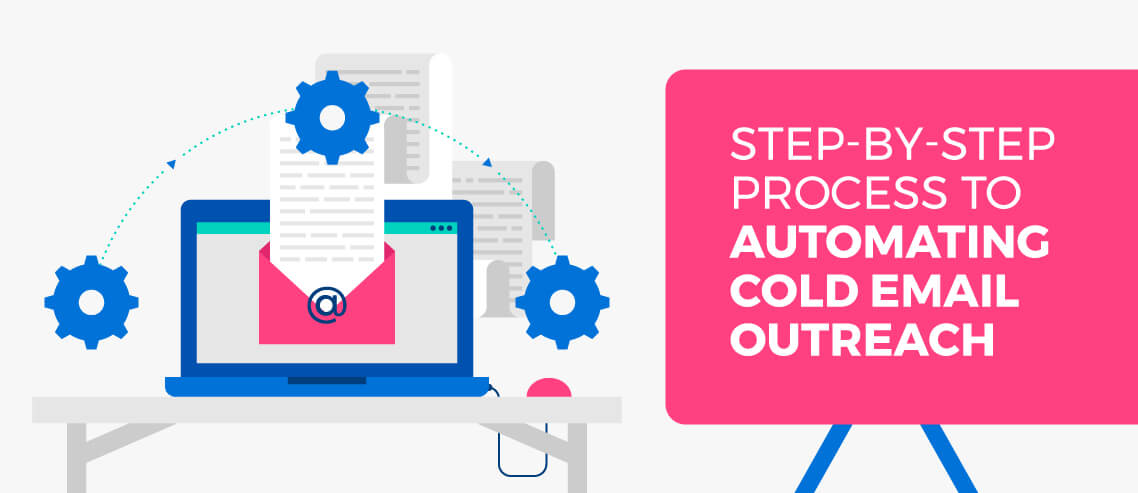14 Sales Follow-Up Email Templates to Steal for Your Next Cold Email Campaign
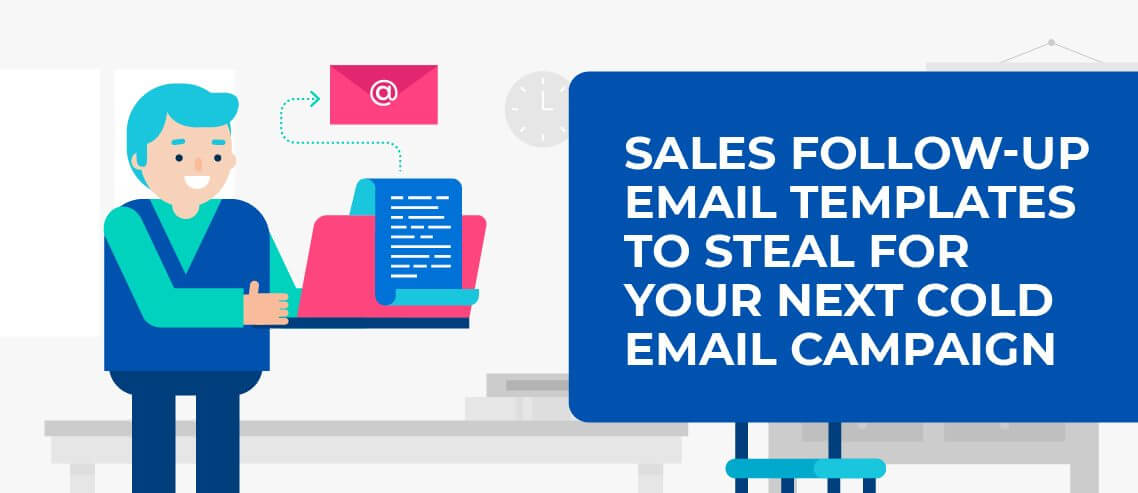
Contents
An all-too-common mistake when sending sales emails (or any kind of outreach email) is to overlook the follow-up. All the emphasis gets put on sending a great initial email, while the sales follow-up emails become little more than a box-ticking exercise.
That’s a huge oversight, since research has shown time and again that most sales result from a sales follow-up email.
So why then are sales reps still:
- Sending bad emails?
- Timing their emails poorly (for instance, waiting too long to send a follow-up, not waiting long enough, or being too persistent and sending too many emails?
- Just not bothering to follow up at all?
If you’re guilty of any of these, you won’t be generating as many leads or closing as many sales as you could be – guaranteed.
While I’m not going to talk about timing today (if you’d like, you can learn more about that in our cold email masterclass), what you will get from this article is a number of templates that should make following up easier, while also helping you send better emails.
Templates for Sales Follow-Up Emails
Below are 14 templates for sales follow-up emails from my own archives and that I’ve picked up from various other websites. This means others have and may well be using them in their own follow-ups. Unless you want to risk clogging up prospects’ inboxes with duplicate emails, you should use these as inspiration – not gospel.
Before you send your first round of sales follow-ups, take a few minutes to personalize and make your chosen template your own.
- Keep it Short and Sweet
- Make replying a one-stroke task for recipients
- Be brutally honest
- Acknowledge their interest
- Show absolute belief in your product’s fit for the prospect
- Follow up from a sales call
- Add value
- Walk away gracefully
1. Keep it short and sweet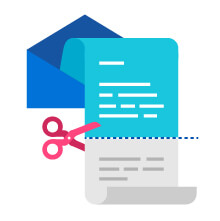
All sales emails should be short, but follow-ups should be even shorter. However, this doesn’t mean you have to do away with all the pleasantries. You can be polite, friendly, and (most importantly) human, while keeping things concise – as this template goes to show.
Example #1: Get permission to reach out later
Hey {{Name}},
I’m reaching out because I have several ideas for how you can bring in more leads and ultimately close more deals every month.
Would it be okay for me to reach out next week to share those ideas with you?
Example #2: Give a quick compliment and add value
Hey {{Name}},
I saw on Twitter you’ve been sharing some awesome posts on conversion rate optimization.
Recently I spotted these two super helpful posts and just wanted to share them with you:
{{Link 1}}
{{Link 2}}
Would also be happy to share a little about our conversion rates at Sumo if you’re up for it?
Cheers
Template from Sean Bestor at Sumo
The second example here gives a relevant and innocent explanation of why you’re reaching out, while also throwing in an easy compliment. After that, it’s a quick win of sharing other content that might interest them or their followers. Instead of following-up for the sake of following up this email attempts to pivot the conversation and provide value.
Finally, that sign off is a simple request that can be answered with a yes or a no. A simple formula like this works because it doesn’t take much time to skim, provides immediate value, and comes off as conversational, instead of salesy.
2. Make replying a one-stroke task for recipients
You’ve probably seen something to this effect before – or I’d guess that you have, since this type of email pops up in my inbox pretty often. However, that’s not to say you shouldn’t use it yourself. This format is popular because it works. And it works because it makes it incredibly easy for prospects to reply. Just bear in mind that if you use it, you’ll need to pay extra-close attention to how much you adapt it.
Example #1: Hit me back with a number
Hi {{Name}},
I see you’re too busy to reply at the moment. Could you please just hit me back with a number 1-2-3 that best describes your response?
1. Please leave me alone!
2. Too busy, email me again in a month, please.
3. I’ll write you back in a week.
Template from: Piotr Zaniewicz at Right Hello
Example #2: I’m emailing again because…
Hi {{Name}},
I constantly review business relationships in my CRM. Typically if I don’t hear back from someone for 30 days, it means they’re either really busy or just not interested.
If you’re not interested, please let me know and I’ll promptly close your tab in our CRM to never bother you with {{company}} sales emails again.
1 – “Sorry, I was really swamped but I’m still interested…”
0 – “Please close my tab, I’m not interested…"
Template from Piotr Zaniewicz at Right Hello.
Example #2 is refreshing because it shows complete transparency into the salesperson’s process: they use a CRM and, after so many days, circle back to gauge interest. The email also sets expectations and gives recipients an easy out with the promise of not bothering them anymore – all with a simple keystroke of 1 or 0. Truly a win-win for both parties here.
3. Be brutally honest
Few people look forward to cold contact from a sales rep, but we accept it as part of our professional lives. This template recognizes that, and it works, thanks to its simple, brutal honesty.
Example #1: Am I bugging you yet?
Hi {{Name}},
I hate pushy salespeople, at the same time I’d hate to think I gave up on trying to help you when all you needed was one piece of helpful information I’d forgotten.
Template from: Dhruv Patel at SalesHandy
4. Acknowledge their interest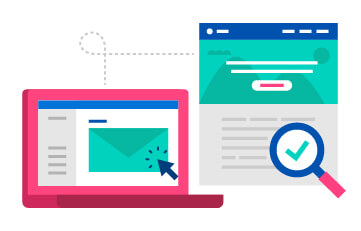
Prospects know you’re tracking your emails. You know that they know you’re tracking your emails. So why pretend that you’re not? Templates that acknowledge their interest can work because they compel prospects to own up to the fact that they’ve shown interest by opening your email.
Example #1: I see you opened my email
Hi {{name}},
I noticed that you opened the email that I sent you on Friday and checked out our site {{your URL}}. But, I never heard back from you.
I was simply wondering if these actions mean you’re interested in learning more about {{your business name}} and how we can provide value to your online businesses similar to yours at {{name of the business}}.
As someone who is constantly reaching out to numerous prospects up and down {{your location}}, I wanted to follow up today to see if you have any questions about {{your business name}} or any of our products. I think you’re the perfect person to discuss {{your business name}} with.
Do you have 10 minutes for a brief phone call next week?
Template from: Dhruv Patel at SalesHandy
Example #2: I see you’re interested in X, would you like to chat about it?
Hi {{Name}},
I noticed that a few people from your team were looking at our {{Specific name of product/page}} page this week, which is about/covers/details {{Describe the page and the function of the product}}.
Do you have 5-10 minutes to discuss what solutions you and your team are exploring? If so, how does your calendar look this week?
Template from Ali Colwell at Salesflare
The second example’s content revolves around a trigger. If you’re using software like Mailshake, you can track things like email opens and clicks to links provided in the email. Since they clicked something, you know they were at least somewhat interested, so this sales follow-up email is perfect for starting that conversation.
It’s a versatile template, because it could be adapted to downloading whitepaper’s or opt-in campaigns before the clear and concise call-to-action brings it home.
5. Show absolute belief in your product’s fit for the prospect
Example #1: Putting your business at risk
Hey {{Name}},
I understand your position, but I wouldn’t follow up with you if I didn’t strongly think that {{your company}} can help {{prospect company}} solve {{challenge}} by {{product benefit #1}] and {{product benefit #2}}.
Let me know if you want me to jump on a call so I can walk you through what we do.
Template from: Klenty
I’ve modified this template slightly from the original source to work as a sales follow-up email after you’ve been rejected. Now, it demonstrates your absolute confidence in your product or service, while simultaneously reinforcing how recipients will benefit.
6. Follow up from a sales call
Following up from a sales call is a must. You don’t have to be formal. Showing gratitude and giving a little extra detail can be enough. The email below does exactly that. The template expresses appreciation for the meeting, then jumps right into delivering on a promise to share extra resources. It comes off as purely transactional and far from salesy – even though it’s still essentially a sales message.
Example #1: Here’s all the goodies from our call
Hey {{Name}},
It was great meeting this afternoon.
1.) Here’s a handy Business One Pager you can print and send to anyone in the department.
2.) I’ve attached the full slide deck in a PowerPoint to this email.
3.) I’ve also attached the full custom SEO report on your website. Feel free to share this around the team.
Template from Neville Medhora at Kopywriting Kourse
Example #2: I learned so much from our meeting
Hi {{Name}},
Great chatting with you earlier and learning more about you and your role at {{company}}.
I now understand the issues you’re encountering with {{a pain point discussed in the meeting}} and how it can make it harder to {{whatever the pain point prevents them from doing}}.
As discussed, I’ve attached some more information about our solution and how we can help you with {{pain point}} and solve {{specific business issue}}.
Please do let me know if you have any questions and I’d be happy to chat again. If not, I look forward to talking again on {{predetermined meeting day/time}}.
Template from Ali Colwell at Salesflare
Example #2 starts strong with polite introduction that shows gratitude. From there, it gracefully acknowledges the pain points the recipient is facing, proving that you were really listening. There’s also a bonus line where you can include more reasons your solution is a perfect fit, before wrapping up with an invitation to continue the conversation. If you don’t yet have another meeting scheduled, modify this template to include a call-to-action inviting them to one.
7. Add value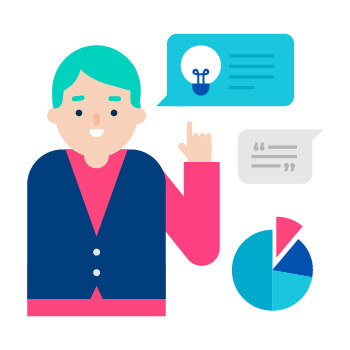
Sharing wisdom, social proof, statistics, or any other kind of relevant content is always a great practice to deploy in sales. From your first interaction, you want to come off as a trusted advisor – not just a salesperson waiting to close a deal. The email below does just that gracefully in a short and concise format.
Example #1: Sharing a quick tip
Hi {{name}},
You likely deal with {{business pain}}, so I thought I’d share a quick tip many of my clients have found helpful: {{1-2 sentence actionable piece of advice}}.
I have a few more ideas around {{improving X}}. Let me know if you’re interested in hearing them.
Template from: Aja Frost at HubSpot
Example #2: Provide value after a meeting
Hey {{Name}},
You mentioned you love trying new foods. Saw this group organizing food tours around New York. Here’s one where they take you to a few ethnic restaurants: Original Multicultural Bar Hopping Tour
Sounds like your taste buds will be pleased!
How’s the project coming along btw?
Template from Art Of Emails.
Email #2 continues the conversation from the meeting, while also adding a personal touch of value (customize it to any hobbies your recipient has shared with you). Doing so keeps the sales follow-up email short and ends the conversation on a casual, non-intrusive CTA.
8. Walk away gracefully
Sometimes you’ve hit the end of the road with a prospect, and it doesn’t make sense to keep wasting efforts on them. Rather than just simply giving up, it’s worth throwing a “Hail Mary” email out there to see if it’s enough to wake them up.
Example #1: Is it time to part ways?
Hey {{Name}},
I’m writing to follow up on my email and voicemail. Are you still interested in our services?
If you still are, what do you recommend as next steps? If not, do I have permission to close your file?
Template from Naya Tsoukala at Gmelius
Example #2: Perhaps the timing just isn’t right
{{Name}},
I wanted to reach out to you one last time regarding {{value proposition}}.
If I don’t hear back from you, I’ll assume that the timing isn’t right and I won’t contact you again.
If I can be of assistance, you can always reply to the message and I’ll be more than happy to help you.
Goodbye for now.
Template from Klenty
The second example is a little softer and shows empathy that they might be too busy (or that the relationship isn’t a great fit anymore). It gives respect and reiterates that you won’t reach out anymore. A last ditch effort closes the email requesting to connect if they’re still interested or will be in the future.
There’s no rule that says the focus of a follow-up email should be the fact that you’re following up. The template above doesn’t do that, and instead tries increase the response rate by adding value in the form of a piece of advice the rep thinks they’ll find useful. If you swap that advice for a link to a resource, you’ll achieve the same effect.
Start automating follow-ups with Mailshake
It’s nearly impossible to stay on top of prospect outreach if you’re trying to do it manually. Instead, use an outreach tool like Mailshake to make your email communication scalable.
With Mailshake, you can personalize your emails with mail merge, create automated follow-ups that help you improve responses, and manage all the leads that come in.
You can manage the follow-ups, including the days and times you want to send them and the time between each one. So if you want, you can make sure all the emails only get sent out during the workday or whenever you think your prospects will be most responsive.
Mailshake also natively integrates with your CRM and there are many third-party integrations via Zapier as well to make sure all your software is linked.
The bottom line is that following up is essential to your outreach strategy and that you should be automating it to get the best possible results.
Conclusion
Remember, the important thing is that you follow up. While it can seem logical to assume that if someone hasn’t replied to your first email, they’re not interested, that’s not necessarily the case. Very few prospects say “yes” the first time around, but research from Iko System shows that they may very well respond to the fourth (13%) – or even the sixth (27%) – email in the sequence.
Don’t give up before you give your prospects all the chances necessary to get to yes. Create your own sales follow-up email templates using these 14 as starting points, and test them as you continue to refine your cold email campaigns.



